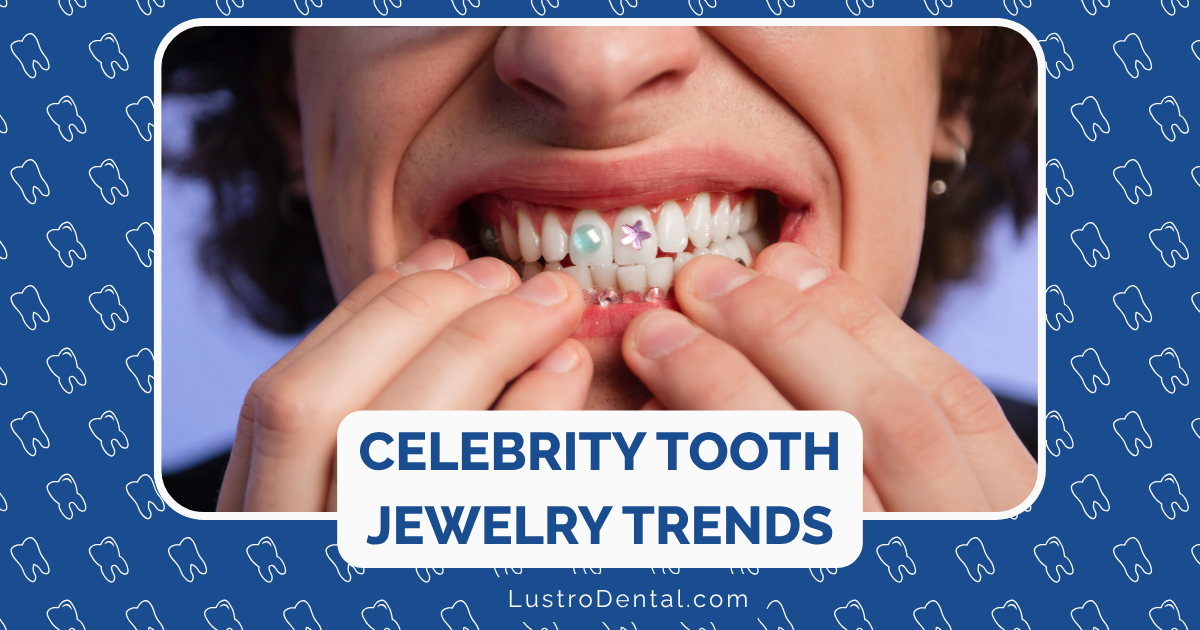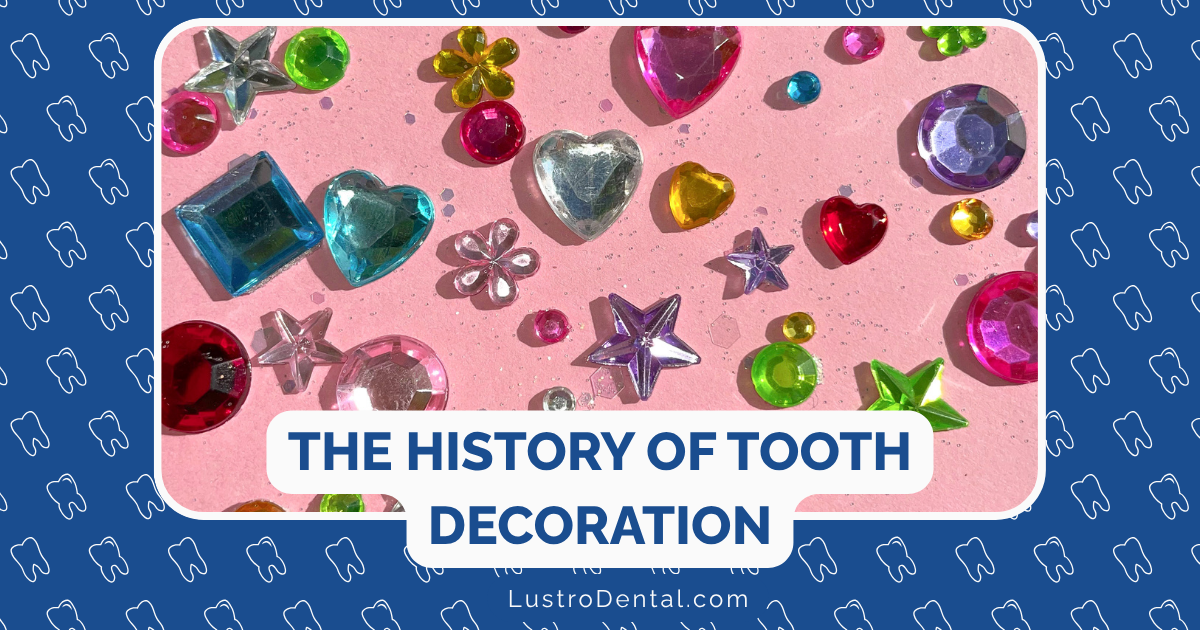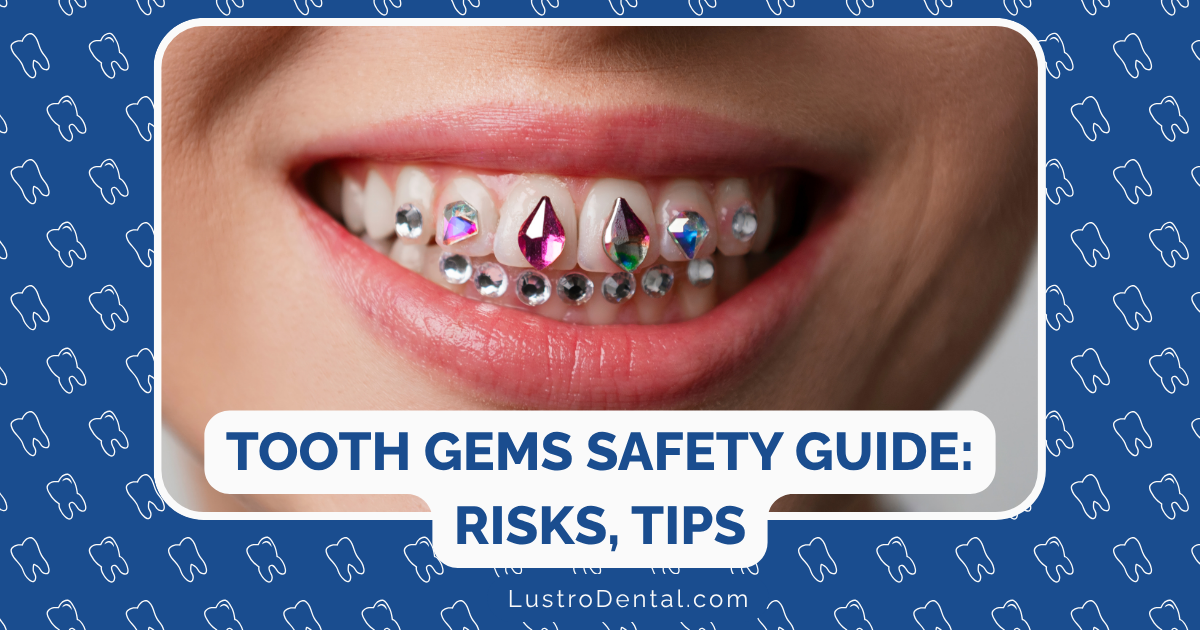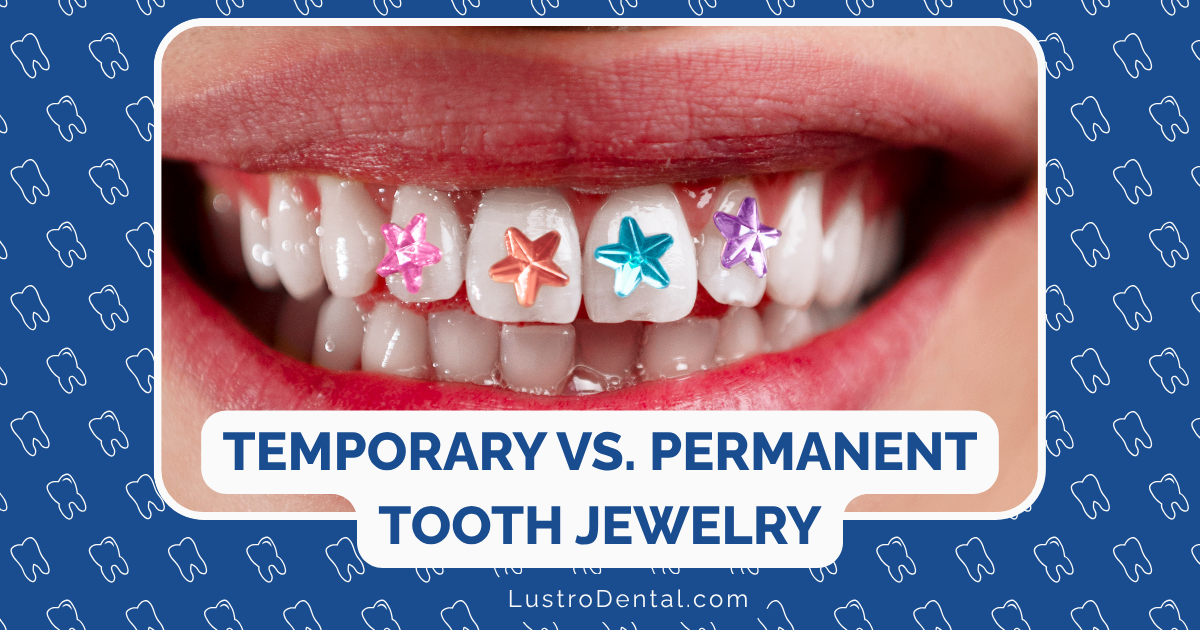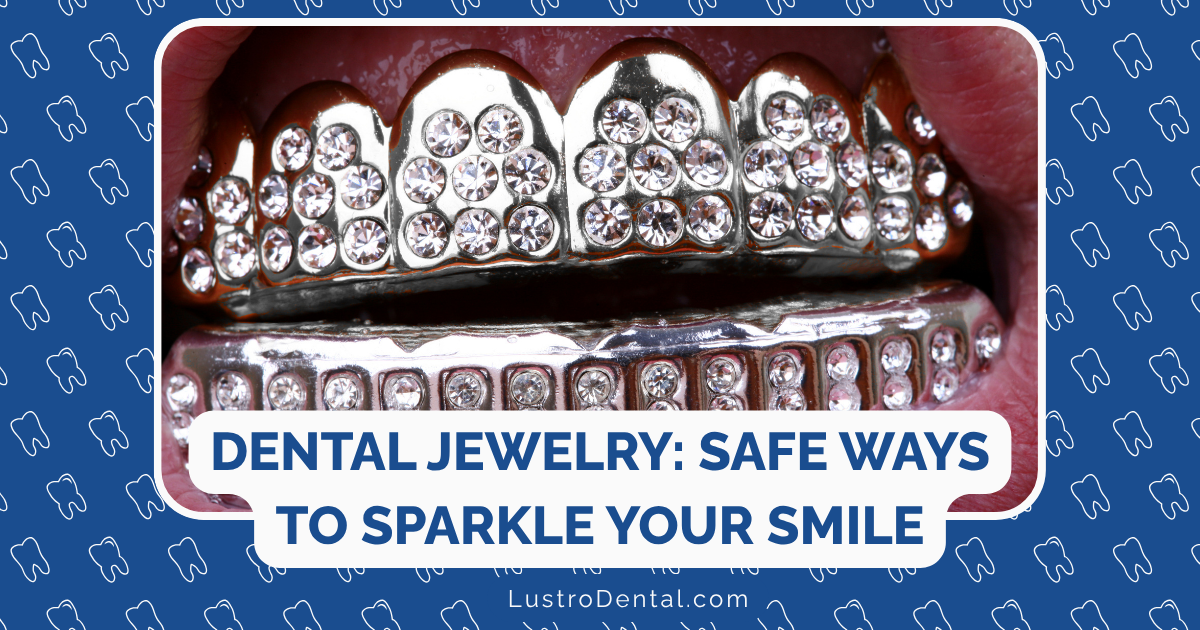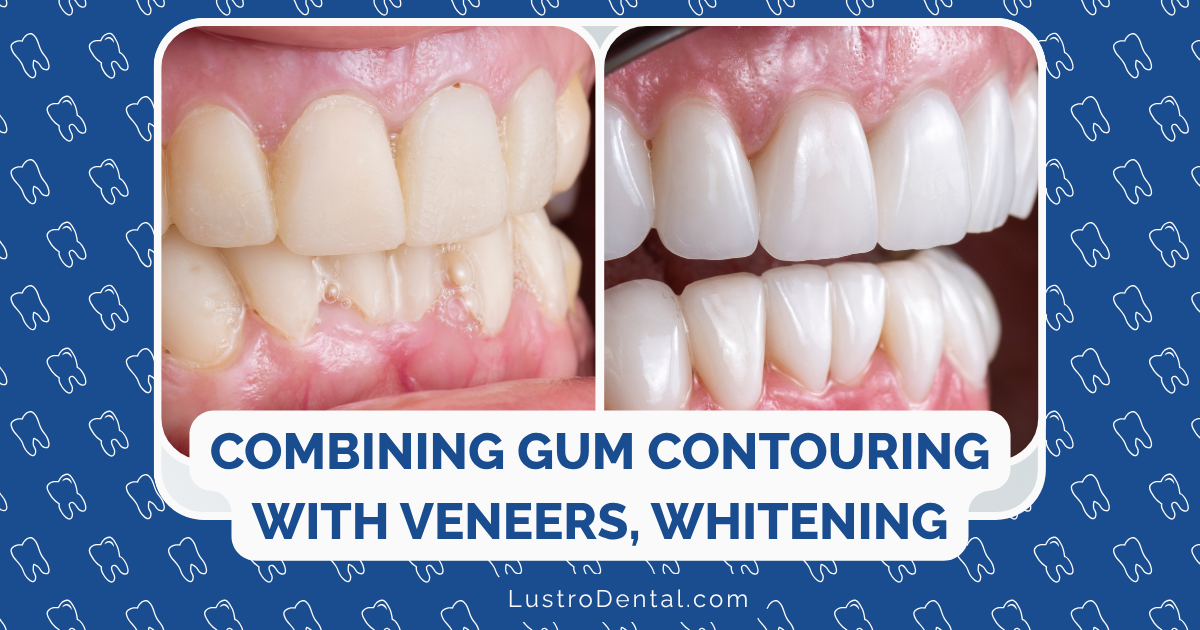Extending the Life of Your Dental Bonding: Care and Maintenance Tips

Dental bonding offers a quick, affordable way to transform your smile by repairing chips, closing gaps, or improving the shape and color of your teeth. While this cosmetic procedure delivers immediate results, many patients are surprised to learn that bonding isn’t permanent. With proper care, however, you can significantly extend the lifespan of your dental bonding and protect your investment.
As someone who’s helped countless patients maintain their dental bonding over the years, I’ve compiled this comprehensive guide to help you keep your smile looking its best for as long as possible.
Understanding the Lifespan of Dental Bonding
Before diving into dental bonding maintenance tips, it’s important to have realistic expectations about how long they typically lasts:
- Average lifespan: 5-10 years with proper care
- Front teeth bonding: Often lasts longer due to less biting force
- Back teeth bonding: May wear faster due to greater chewing pressure
According to the American Dental Association, several factors affect bonding longevity, including the location of the bonded tooth, your oral habits, and the quality of the bonding material used. Understanding these factors can help you take targeted steps to maximize the life of your dental bonding.
Daily Care Practices for Longer-Lasting Bonding
1. Perfect Your Oral Hygiene Routine
The foundation of dental bonding maintenance is excellent oral hygiene:
- Brush gently but thoroughly twice daily using a soft-bristled toothbrush
- Choose the right toothpaste – non-abrasive formulas with fluoride are ideal
- Floss daily to remove plaque and food particles from around bonded areas
- Consider an alcohol-free antimicrobial mouthwash to reduce bacteria without potentially weakening the bonding material
Dr. Amanda Johnson, a cosmetic dentistry specialist at the American Academy of Cosmetic Dentistry, recommends: “Patients should be particularly gentle when brushing around bonded teeth. Aggressive brushing with abrasive toothpaste can gradually wear down the composite material and create a dull appearance.”
2. Be Strategic About Food and Drink
What you consume can significantly impact the appearance and durability of your dental bonding:
Limit Staining Substances
Composite resin is more porous than natural enamel and more susceptible to staining. To maintain the color of your bonding:
- Minimize consumption of stain-causing beverages like:
- Coffee and tea
- Red wine
- Dark sodas
- Berry juices
- Be cautious with staining foods such as:
- Berries
- Tomato sauce
- Curry
- Soy sauce
When You Do Indulge
- Use a straw when drinking staining beverages to minimize contact with bonded teeth
- Rinse your mouth with water after consuming potential staining agents
- Brush about 30 minutes after consumption (waiting prevents brushing while enamel is temporarily softened by acidic foods)
A 2023 study in the Journal of Dental Research found that rinsing with water immediately after consuming staining beverages reduced discoloration of composite materials by up to 42%.
3. Break Harmful Habits
Certain habits can significantly shorten the lifespan of your dental bonding:
- Stop using teeth as tools – never open packages, cut tape, or bite fingernails with your teeth
- Quit tobacco – smoking or chewing tobacco causes severe staining of bonding material
- Limit alcohol consumption – excessive alcohol can weaken the bonding material over time
- Address nail-biting or pen-chewing – these habits put unnecessary stress on bonded teeth
4. Protect Against Physical Damage
Physical trauma is a common cause of bonding failure. Protect your investment by:
- Avoiding hard foods – nuts, hard candies, ice, and popcorn kernels can chip bonding
- Being cautious with sticky foods – caramel, taffy, and similar treats can pull at bonding
- Wearing a mouthguard during sports – even non-contact sports pose a risk to your teeth
- Using a nightguard if you grind your teeth – bruxism can quickly wear down or damage bonding
Dr. Michael Roberts, a restorative dentistry specialist, explains: “Nighttime grinding is one of the leading causes of premature bonding failure. Many patients don’t even realize they’re grinding until they notice damage to their dental work. A custom nightguard is an essential investment for protecting bonded teeth.”
Professional Maintenance: Working with Your Dentist
Regular professional care plays a crucial role in extending the life of your dental bonding:
1. Schedule Regular Check-ups
- Visit your dentist every six months for professional cleanings and examinations
- These visits allow for early detection of potential issues with your bonding
- Your dentist can polish your bonding to remove surface stains and restore shine
2. Professional Polishing and Refinishing
Even with excellent home care, bonding may develop minor surface stains or slight roughness over time. Your dentist can:
- Professionally polish the bonding to remove surface stains
- Smooth any rough edges that develop
- Apply a sealing agent to help protect the bonding
According to a 2024 clinical study, professional refinishing of composite bonding every 18-24 months can extend its aesthetic lifespan by up to 30%.
3. Know When Repair is Needed
Be proactive about addressing minor issues before they become major problems:
- Contact your dentist if you notice any chips, cracks, or rough edges
- Don’t ignore if bonding feels loose or different when you bite down
- Address any new sensitivity around bonded teeth promptly
Small repairs are typically quick, easy, and much less expensive than complete replacement.
Addressing Common Bonding Problems
Staining and Discoloration
If your bonding begins to show signs of staining:
- Professional cleaning may remove surface stains
- Professional polishing can restore luster
- Touch-up bonding may be needed for more significant discoloration
Unlike natural teeth, bonding material cannot be whitened. If you’re planning to whiten your natural teeth, do so before getting bonding so your dentist can match the bonding to your whitened teeth.
Chipping or Breaking
If your bonding chips or breaks:
- Save any pieces if possible
- Call your dentist promptly – even small chips should be addressed
- Be careful eating until it’s repaired to prevent further damage
- Avoid touching the area excessively with your tongue
Most minor chips can be repaired in a single visit without replacing the entire bonding.
Wear and Roughness
Over time, bonding may develop a rough texture or show signs of wear:
- Don’t try to smooth it yourself with nail files or other tools
- Visit your dentist for professional smoothing and polishing
- Consider a nightguard if wear is due to grinding
- Evaluate your brushing technique with your dentist or hygienist
Seasonal Maintenance Calendar
To help you remember key maintenance tasks, follow this seasonal schedule:
Spring
- Schedule professional cleaning and bonding check
- Replace your toothbrush or electric toothbrush head
- Reassess your oral hygiene products
Summer
- If playing summer sports, ensure you have a proper mouthguard
- Be mindful of increased consumption of staining summer treats (berries, popsicles, etc.)
- Carry a travel water bottle to rinse after meals when on vacation
Fall
- Schedule second professional cleaning if it’s been six months
- Replace toothbrush or electric toothbrush head
- Check nightguard for signs of wear if you use one
Winter
- Be cautious with holiday foods and drinks that may stain
- Maintain oral hygiene routines despite busy holiday schedules
- Consider a touch-up if needed before major holiday events or photos
The Cost-Benefit Analysis of Proper Maintenance
Taking proper care of your dental bonding isn’t just about aesthetics—it’s financially savvy:
- Average cost of dental bonding: $300-$600 per tooth
- Average cost of small repair: $100-$200 per tooth
- Cost of complete replacement: Full original cost
By following proper maintenance protocols, you can potentially double the lifespan of your bonding, effectively cutting your long-term costs in half.
When Replacement Becomes Necessary
Even with excellent care, bonding will eventually need replacement. Signs it’s time include:
- Significant discoloration that can’t be polished away
- Multiple chips or cracks
- Rough texture that can’t be smoothed
- Visible gap between the bonding and your natural tooth
- Sensitivity around the bonded area
When replacement becomes necessary, discuss all your options with your dentist. You might consider:
- New bonding with improved materials
- Porcelain veneers for a longer-lasting solution
- Other cosmetic alternatives based on your specific situation
Conclusion: A Partnership in Care
Maintaining your dental bonding is a partnership between you and your dental team. Your daily care habits combined with regular professional maintenance can significantly extend the life of your bonding, protecting your investment and keeping your smile looking its best.
Remember that dental bonding technology continues to improve. When the time does come for replacement, newer materials may offer better durability, stain resistance, and natural appearance than what was available when your original bonding was placed.
By following these dental bonding maintenance tips, you’re not just extending the life of your current bonding—you’re establishing habits that will protect all your dental work for years to come.
Do you have dental bonding? What maintenance techniques have worked best for you? Share your experiences in the comments below!
Disclaimer: This article is for informational purposes only and does not constitute dental advice. Always consult with a qualified dentist regarding your specific situation and needs.


